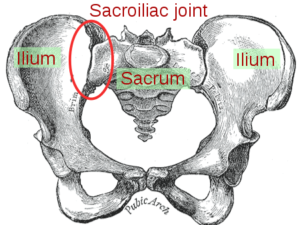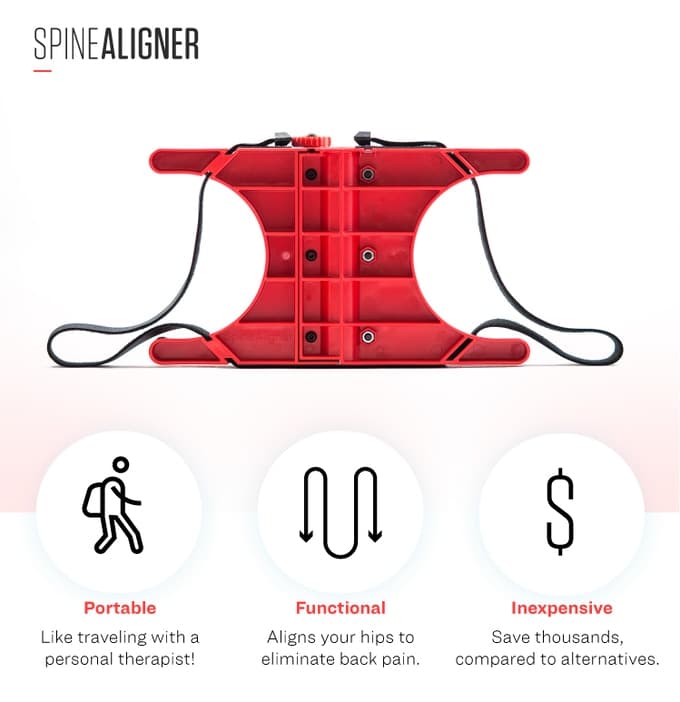Living with chronic pelvic pain can be debilitating, stressful and all consuming. Some people suffering from pelvic pain go through months or years of doctor’s appointments, tests and examinations, only to be left with more questions than answers. It can be incredibly frustrating and stressful to live this way. If this sounds familiar, we want you to know you’re not alone — and it is not all in your head. Your pain is real and it is treatable, whether it’s coming from a physical source or an emotional one.
There is a relationship between emotional distress and pelvic pain. Just like pelvic pain can be caused by physical issues, it can also be associated with psychological factors like stress, past trauma and abuse. When we go through traumatic experiences, like physical or sexual abuse, our brains learn to suppress certain emotions in order to protect us from even more harm. If we don’t work to resolve our trauma and emotional stress, it can manifest in the body as pain. It’s an unconscious response that requires conscious effort to overcome. And this is just one example.
Physical Pain – Sacroiliac Joints
Pelvic pain is often less understood than low back pain. Yet research shows that up to 30% of low back pain is related to dysfunction and pain coming from the sacroiliac joints, the pubic symphysis or tissues that attach onto the pelvis. Pelvic dysfunction often occurs after a fall onto the bottom or knee, a lifting injury, or may be related to pregnancy and labor. The symptoms of pelvic pain are varied, from pain with sitting and rising from sitting, pain in the pelvic and buttock region with walking or standing on one leg, groin pain or even altered control of bladder function. Both the sacroiliac joints and the pubic symphysis can be involved, and can decrease the effectiveness of core muscle activation, so that your ability to cope with normal daily activities is dramatically reduced. Often treating pelvic dysfunction with a combination of manual therapy, muscle and nerve release techniques, and specific exercise rehabilitation to facilitate lumbo-pelvic muscle control.
Fortunately, there are solutions. Many individuals can experience relief with proper exercises, techniques and nutrition.
If you’re experiencing pain or discomfort while standing, walking, climbing stairs, or getting in and out of chairs; stiffness after periods of rest; weakness, instability, swelling, or other osteoarthritis symptoms, rest assured that we can help!!
Want to know more? Check out the videos on the front page of our website to see how the Spine Aligner works. Contact us to find out more about how the Spine Aligner can help you.


